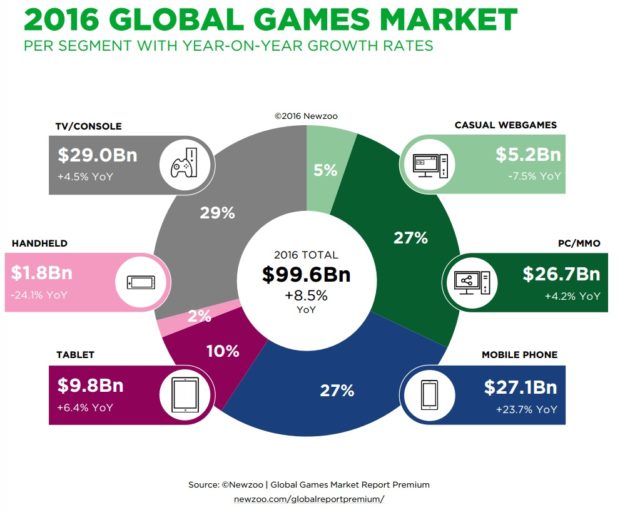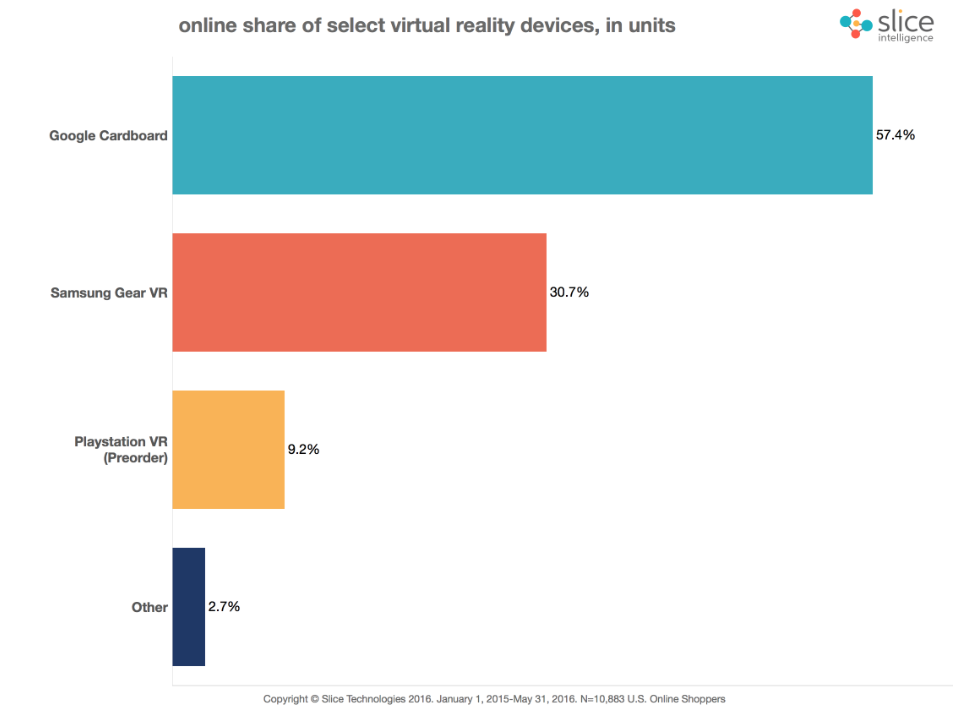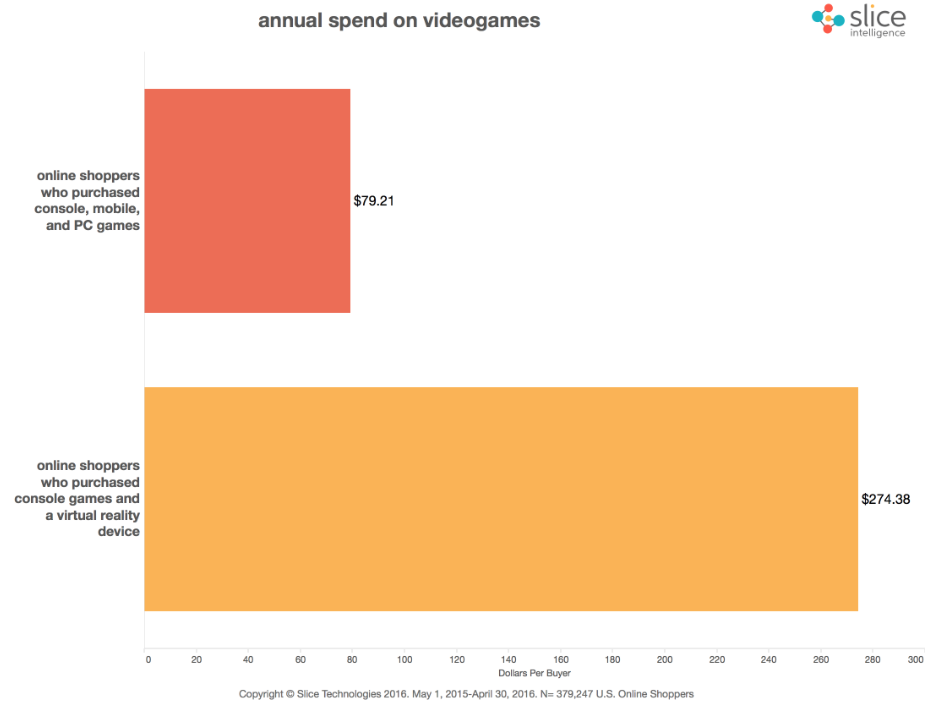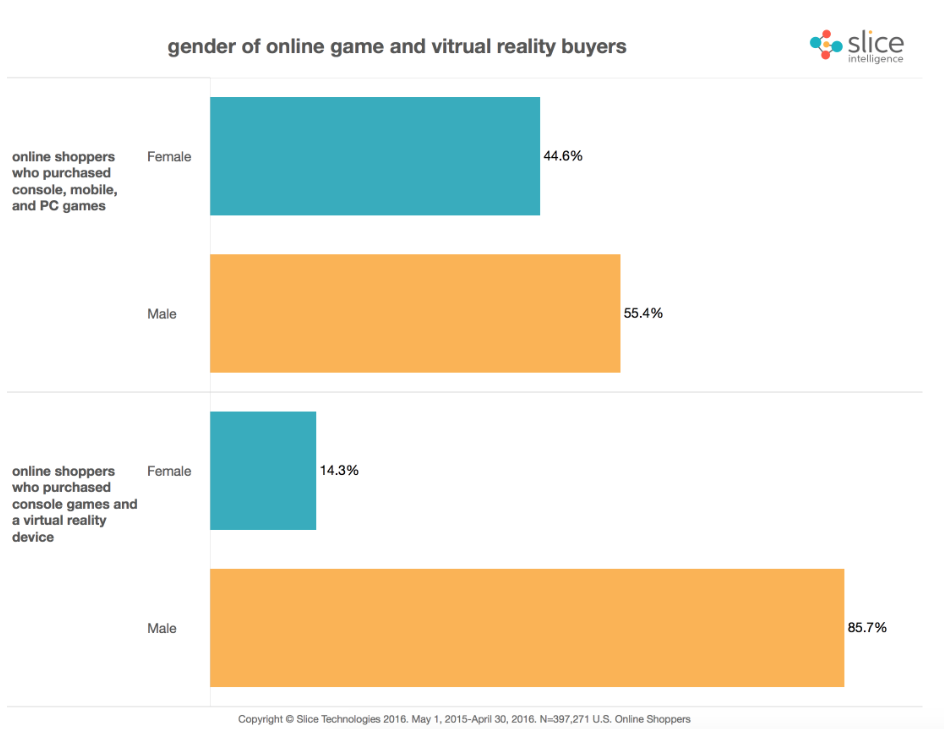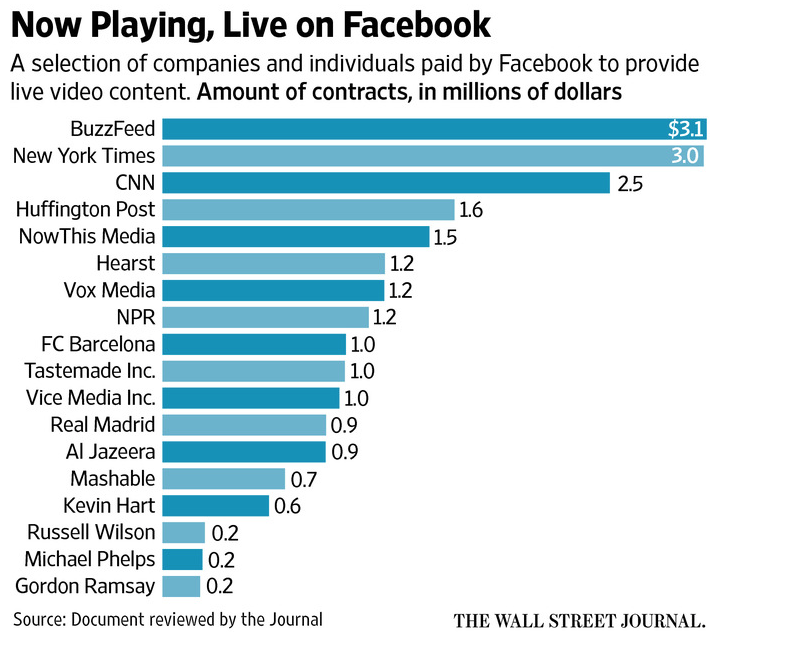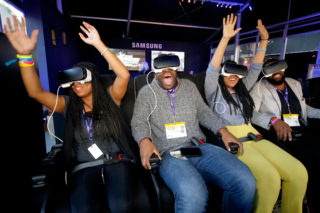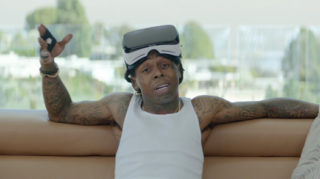Electronic Arts scored big last week with debut of its EA Play event, which featured games like Titanfall 2, Battlefield 1 and many sports titles to draw in thousands of viewers. With it, the company also outlined its eSports-focused plans for the second half of the year.
Separately, during a Bank of America Merrill Lynch Global Technology Conference that took place earlier in the month, the company’s CFO, Blake Jorgensen, discussed how EA would grow to adopt virtual reality and eSports while maintaining a strong level of production with games such as Mass Effect: Andromeda and Madden NFL 17.
Jorgensen talked about how games are helping players “stick around”, thanks to “live” services. As a result, game longevity can be increased to a year or more after release, like with the downloadable content featured in Battlefield 4. Live events with sports titles such as NHL 16 and Madden NFL 16 have proven to be effective and will continue to be a feature in forthcoming sports titles. Jorgensen also made note of how all ages of gamers, from kids to adults, are taking part in gaming sessions as well.
But most of Jorgensen’s presentation focused on gaming technologies of the future, explaining that virtual reality has a great deal of promise and could lead to a much bigger market down the road. Between processing power and the depth of gameplay, Jorgensen feels that it’s an important part of the future. ESports also came up, with more people joining the industry both as professionals and fans. Watching competitions helps players learn better tactics, creating greater involvement as a result. While Jorgensen still isn’t sure how it can be properly monetized, there’s a lot of thought going into it.
Meanwhile, Peter Moore, COO of EA, laid out the eSports “master plan” while speaking with GamesIndustry International, explaining what the company has in mind with the EA Majors tournaments it announced during the EA Play press conference. “We have done a ton of analysis, and everybody loves eSports,” he explained. “They see big stadiums, and glitz, and glamour, and fine, that’s the top (of the pyramid). But there’s a lot more to it.
“When you really dig into it, the huge amount of people in competitive gaming sit right at the base of the competitive gaming pyramid, who look inspirationally at being able, one day, to play a top level.
“The analogy I always use is, I was brought up in Liverpool. I was going to play for Liverpool. No, I wasn’t! But did my dad spend money on me and did I kick the ball around and then go play for my village team? Did I dream that I was Kenny Dalgish in my head? Did I think one day I’d play at Anfield? There are tens of millions, hundreds of millions of people that have that same dream.
“‘I’m gonna play CS:GO one day in front of a million people on Twitch, or I’m going to be on a League of Legends team and you always have, in every part of your life, something you need to aspire to. You cannot ignore those people, so it’s a temptation to be purely the glitz and glamour side, and we’ll certainly do that, but we think of the three tiers.”
The company is also prepared for any bumps that may be on the road, like with team and fan behavior. “We’ve already written our terms and conditions, the Code of Conduct is built in that, it addresses, and if you’re taking part today, they already know what we expect of them. Because this is an EA Major right here, and if you’re going to compete, you need to be… you look over those things, drug taking, Adderall, Ritalin, match fixing, if someone is gambling on the game, which you don’t see so much here in the US but in Asia it’s a big deal,” said Moore.
“I think that the more organized we get, the more formalization on what’s expected, and certainly at the EA Majors you’re going to be expected to sign these things and say, the same way if you’re a real athlete, you’ve got morals clauses, you’ve got disparagement. You can lose your contract if you go out, make a fool of yourself, and embarrass the brand.”
He also brought up money management as part of the initiative. “Well, it’s six figures of big money showered upon teenage boys, what can possibly go wrong? So we need to help them. In the same way, you may not know, but when the NFL gets its rookies all together, they do two days away where lawyers talk to them, psychologists talk to them.
“We’re not quite there yet with competitive gaming, but it will be. And these are younger. These are teenagers, so it’s our obligation, I think, to be able to help them think through how they should behave,” said Moore.
